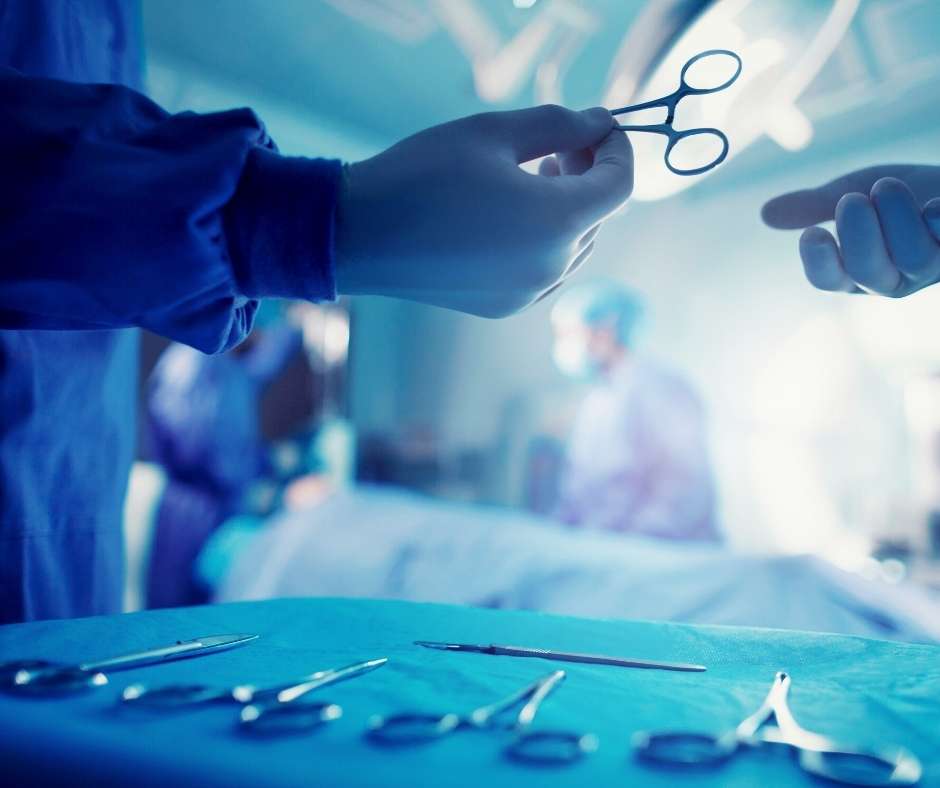
Technology has continued to advance exponentially, taking over various parts of our lives, including education. However, there are some things that can’t quite be learned from technology, or virtual simulators, such as surgical procedures. Technology has advanced so far that there are now virtual options for cadaveric learning, but will this negate the need for whole body donations?
An increasing number of universities are adopting these Virtual Anatomy Labs (VAL) for their students but are not using it to replace their previous Anatomy Labs. VAL became more popular in 2020 due to the increase in remote learning. Universities are using virtual cadavers to supplement the learning of their medical students, typically during their first two years in medical school. It serves as an introduction to the practices before a cadaver is introduced.
There are primarily two different types of virtual cadavers these students can have access to. The first is a large screen with tablet-like touch features that is about the size of a dinner table. This can display a full, life size, virtual cadaver for students to use. The second option involves using a virtual reality headset, the students hold controllers and look around as they interact with this type of virtual cadaver.
While the existence of virtual cadavers allows students to learn about surgical procedures and anatomy in an interactive setting, it does have a few disadvantages. Virtual cadavers more closely resemble medical charts and illustrations that you would find in a textbook, which is one of the biggest limitations with VAL. While the touch screen interface is very responsive to touch, it does not provide the same skillset training that is needed when maneuvering medical instruments on a body.
Previous medical students and doctors often remark that using a real cadaver was a humbling experience. For some, it solidified that they were on the right path in becoming a physician. For others, it helped them realize what specific part of medicine they’d like to work in. One student explained how he would not have known the best way to hold a scalpel, and how much pressure to apply on different parts of the body, if it weren’t for the cadaver. Medical students will work on the same cadaver for a prolonged period, and practice multiple procedures. Many of the students feel an emotional connection to the humanity of their cadavers, viewing them as their first patient. Some schools even hold memorials to thank and honor these donors.
There is no substitute for the human body itself when learning medical procedures, a cadaver is still the best option for future doctors and nurses. If you were to take your car to a mechanic, you would want them to have experience, and not just in a virtual simulation. Operating on a donated cadaver allows students to see and feel where to find the heart, how to best access the lungs and ribs, and allows them to make mistakes that can be learned from.
While technology and virtual cadavers can aid in teaching the doctors of tomorrow, there is no substitute for what can be learned from an actual human cadaver.



